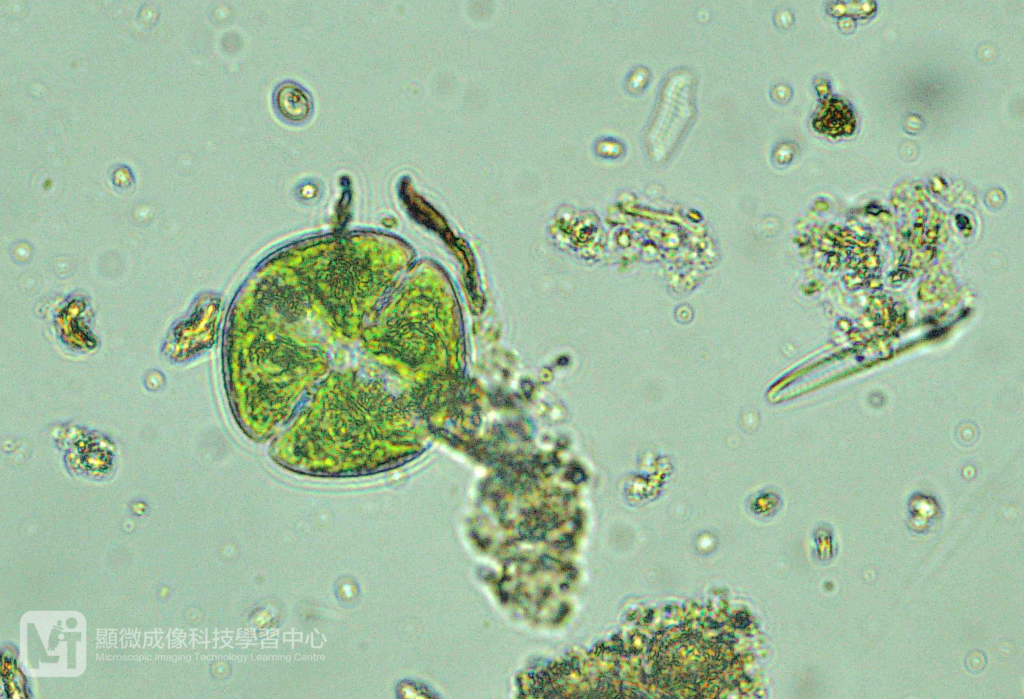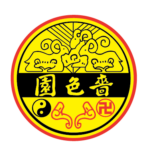All the eukaryotic organisms that are not classified into Kingdom Animalia, Plantae or Fungi, are classified as Kingdom Protista. The organisms in this Kingdom basically have one common feature, that is, their nucleus and organelles are surrounded by a plasma membrane. They are called “protists”, a very diverse group of organisms. Most of them are unicellular that only a few of them are multicellular yet without tissue differentiation. Apart from their simple structures, they have no other similarities. Thus, it is difficult to describe them in a simple and general way.
The organisms within the kingdom Protista can be divided into different groups according to their nutrition mode (autotrophic / heterotrophic). For instance, algae, which have photosynthetic pigments for light absorption inside their cell bodies (e.g. Spirogyra, diatoms, brown algae); protozoans, which feed on organic matters or other micro-organisms (e.g. amoeba, ciliate); fungi-liked protist, which absorb the nutrients from dead or decayed organic matters (e.g. slime molds, Saprolegnia). And there is a type of protist, Euglena, which is difficult to be classified. It is because Euglena have chloroplast, that can carry out photosynthesis to produce food. At the same time, they can also feed on other micro-organisms and absorb food directly through phagocytosis.
Most protists are aquatic, and a few of them live in moist soil or moist environment. Since most of them are very tiny, light microscopes are required for observation. Yet, it is not difficult to find and observe them. We can collect some moist soil samples and add a small amount of water to soak the soil. Standing still the sample for about 10 minutes, we then can use a dropper to transfer a drop of water sample from the soil samples, onto the slide and then cover it with a cover slip. Finally, we can put the temporary mount slide on the stage of a compound microscope for observing the living micro-organisms.

Video of ciliate (x200)
Video of ameoba (x200)
Author: Ms. AU Chi Yan (Biology teacher)




